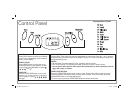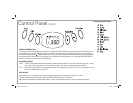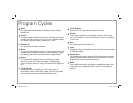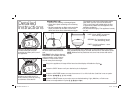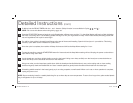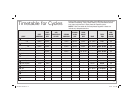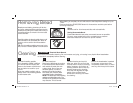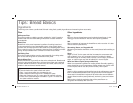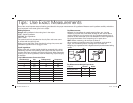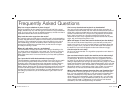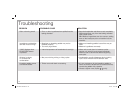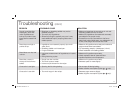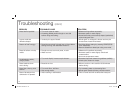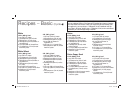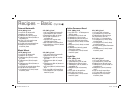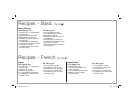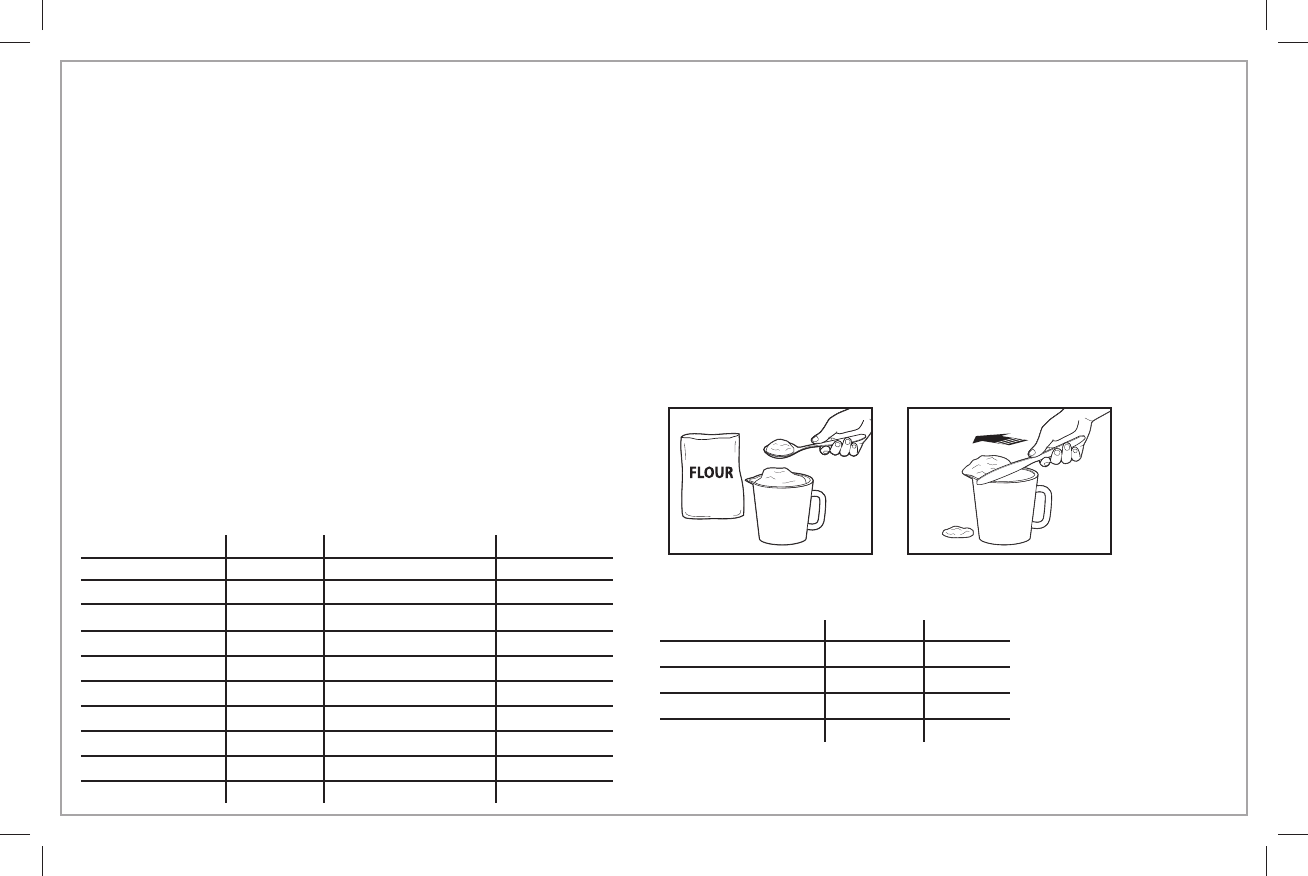
14
Tips: Use Exact Measurements
One of the most important steps of making good bread is the proper measurement of ingredients. Measure each ingredient carefully and add to
your bread pan in the order given in the recipe.
Adding Sequence
Always add ingredients in the order given in the recipe.
FIRST: Liquid ingredients
SECOND: Dry ingredients
LAST: Yeast
The yeast should only be placed on the dry flour and never come
in contact with the liquid or salt.
When you use the Delay Timer function for a long time, never add
perishable ingredients such as eggs or milk.
Liquid Ingredients
Water, fresh milk, or other liquids should be measured with a glass
measuring cup with clear markings and a spout. Set the cup on the
counter and lower yourself to check the liquid level. When measuring
cooking oil or other ingredients, clean the measuring cup thoroughly
in between.
Dry Measurements
Measure dry ingredients by gently spooning flour, etc., into the
measuring cup and then, once filled, leveling off with a knife. Never
use the measuring cup to scoop your dry ingredients directly from a
container as this could add up to one tablespoon of extra ingredients.
Do not tap the bottom of the measuring cup or pack down.
HINT: Before measuring, stir the flour to aerate it.
When measuring small amounts of dry ingredients, such as salt or
sugar, use a measuring spoon, making sure it is leveled off.
Weighing dry ingredients with a digital scale will provide better baking
results.
Liquid Measurement Conversion Chart
Fluid Ounce(s)
8
7
6
5
4
3
2
1
Cup
1
7/8
3/4
5/8
1/2
3/8
1/4
1/8
Tablespoon(s)
16
14
12
10
8
6
4
2
1
1/2
Teaspoons
48
42
36
30
24
18
12
6
3
1 1/2
1 cup of:
All-purpose flour
Bread flour
Whole-wheat flour
Rye flour
Ounces
4.4
4.5
4.2
3.6
Grams
125
128
119
102
Dry Measurement Weight Equivalents
840194102 ENv03.indd 14840194102 ENv03.indd 14 8/5/13 10:24 AM8/5/13 10:24 AM



